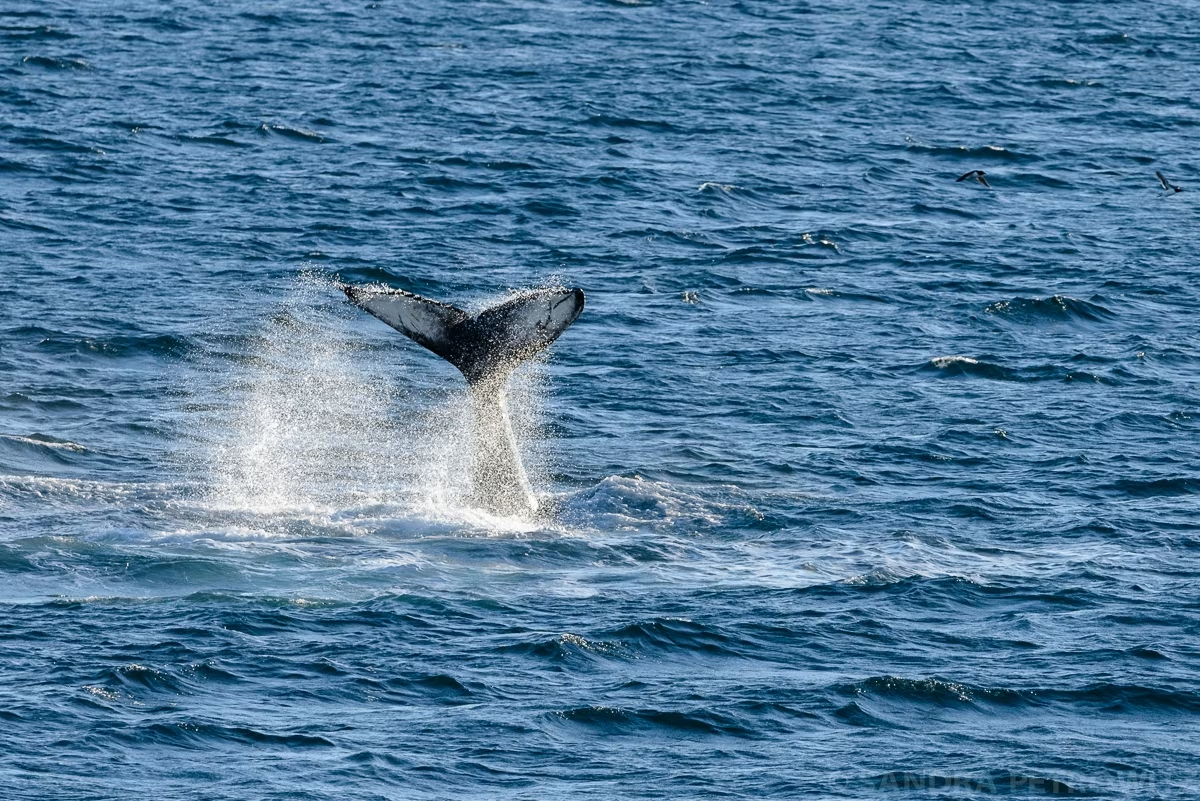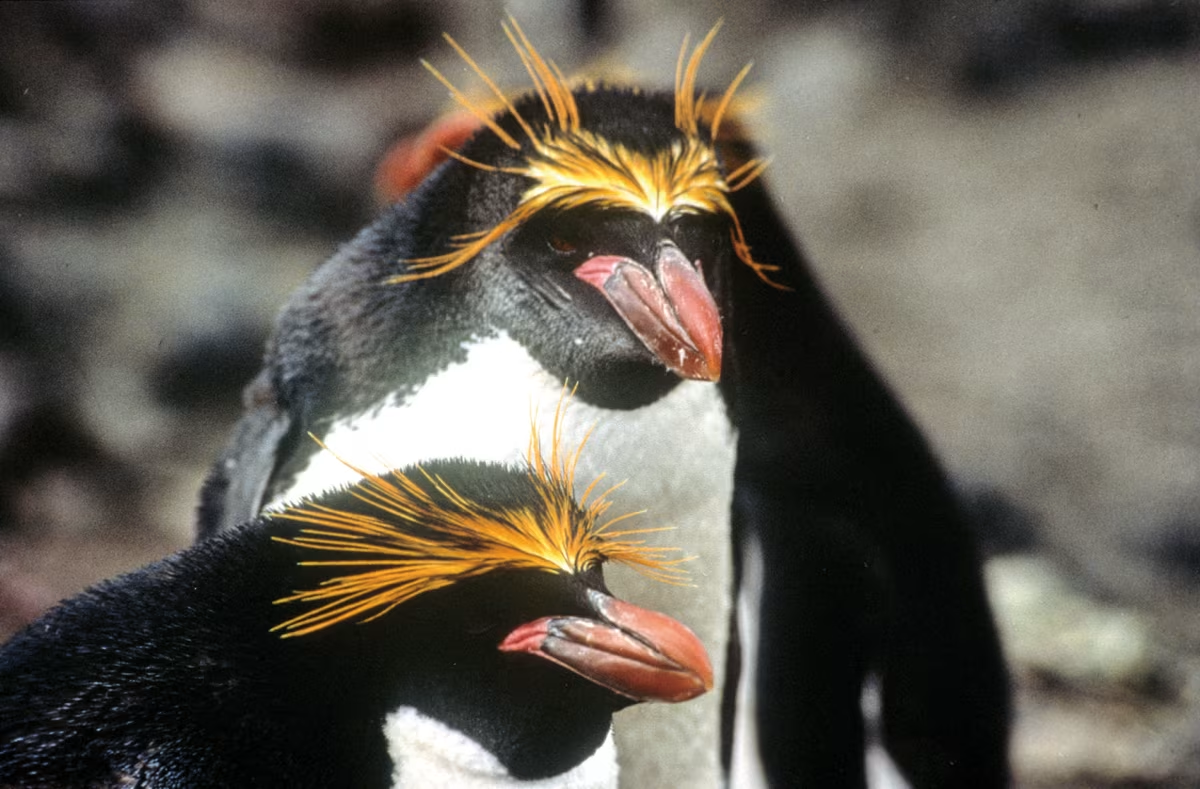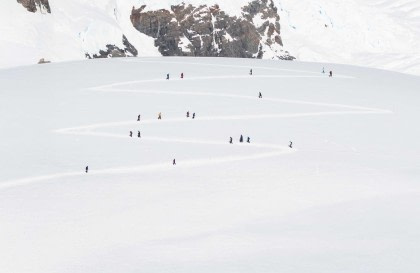The particulars of life in the polar regions
Polar bears in the Arctic, penguins in Antarctica.
That's all there is to it, right?
Well, actually, no. There's a lot more to it.
Though there appears to be less life in the polar regions than, say, anywhere else you can think of or imagine, there are in fact highly complex ecosystems within both the Arctic and Antarctica.
And if you're a wildlife lover like us, these ecosystems will give you much to admire.
Life in the Arctic
No doubt about it, the Arctic Ocean can be a hostile, stormy, brutally cold place.
Nevertheless, it is teeming with life: humpback whales, minke whales, orcas (killer whales), narwhals, beluga whales, blue whales, sperm whales (nearer to Norway) and many other large sea mammals coexist in its deeper waters.

Meanwhile, toward the shallows of the shore (as well as inland) you can find walruses, multiple species of seal, and polar bears.
Providing food for the top Arctic predators is a complex food chain of plankton, fish, seabirds, and smaller land mammals: Arctic hares, Arctic foxes, and as mentioned, seals.
But even the largest animal the polar regions ultimately relies upon phytoplankton.
Small photosynthetic organisms that make up the foundation of the marine life food web, phytoplankton convert the energy from sunlight into chemical energy and store it as sugars, which is nutrient for larger life forms - namely, krill.
Phytoplankton feed krill, which in turn feed whales.
Life in Antarctica
Compared to the Arctic, which includes the vast terrestrial territories of two continents, most of Antarctica's wildlife is centered around the sea - or along the extensive, icy shorelines.
This makes phytoplankton quite important to Antarctic animals.
During the Southern Hemisphere or austral summer (December - March), the extended hours of daylight in Antarctica allow phytoplankton to thrive.
In the winter, phytoplankton become trapped in the ice and grow on the underside of it, which affords krill food enough to survive until spring.

Once spring arrives in Antarctica, ice melts and creates a population boom of phytoplankton in open water.
This boom allows krill to multiply at astounding rates, which then allows whales, seals, and penguins to have a more or less steady food source.
The exact same process takes place in the Arctic.
And indeed, many of the same species of whale (except belugas) can be seen in Antarctica as in the Arctic, added to which are southern right whales, fin whales, and sei whales.
Antarctica is also home to seven species of penguin, four of which live on the Antarctic Continent (Adélie, emperor, chinstrap, gentoo) and three that live on the Antarctic or sub-Antarctic islands (king, macaroni, rockhopper).

Seeing wildlife in the polar regions
Though the polar regions are highly variable in terms of weather, ice conditions, and consequently wildlife, getting the chance to see these exotic ecosystems is as simple as booking an Arctic trip vs. an Antarctica trip.
Arctic hotspots include Svalbard, northeast Greenland, and North Norway.
And at the other end of the planet, key Antarctic destinations include the Antarctic Peninsula, Weddell Sea, and seldom-visited Ross Sea.
Nobody can guarantee you'll see everything you want, of course, since nature calls the shots in the polar regions. But just being there is an experience in itself, and if you're lucky enough to see a surfacing blue whale or sauntering polar bear too, that's all the better!






